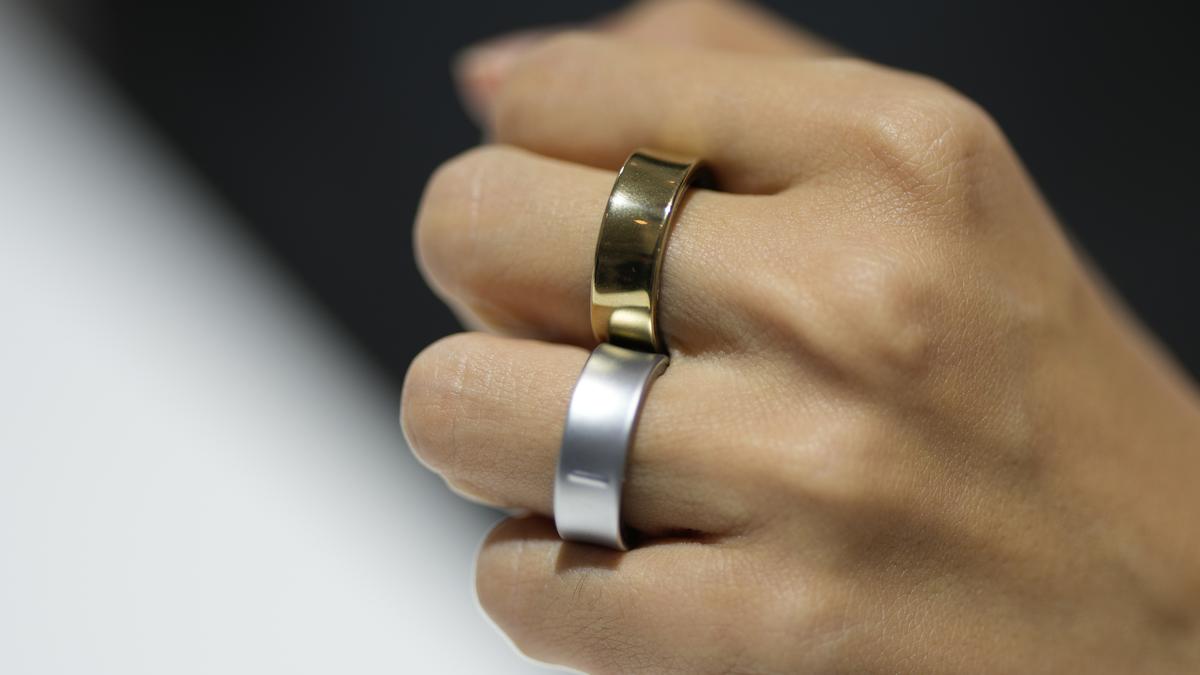Samsung Galaxy Ring: A Disposable Tech Accessory
Samsung’s entry into the smart ring market with the Galaxy Ring has generated significant buzz. However, recent teardowns have revealed a significant flaw: the device is virtually non-repairable. This raises concerns about the long-term sustainability of wearable technology and the potential for increased electronic waste.

The Teardown Reveals Unfortunate Truths
iFixit’s teardown of the Galaxy Ring exposed its lack of repairability. The device’s internal components are sealed within a resin coating, making it impossible to access or repair them without destroying the ring. This is a stark contrast to many other electronic devices, which can often be repaired or upgraded.
A Closer Look at the Design
Despite its sleek and minimalist design, the Galaxy Ring houses a complex array of components, including a processor, memory, wireless charging coil, battery, NFC tag, and antenna. However, these components are all sealed within the ring’s frame, making them inaccessible for repairs.
A Disposable Future
The non-repairable design of the Galaxy Ring raises concerns about the future of wearable technology. As devices become smaller and more advanced, the challenge of repairability increases. Samsung’s decision to prioritize design and compactness over repairability may set a precedent for other manufacturers in the wearables market.
Implications for Consumers and the Environment
The Galaxy Ring’s disposable nature has significant implications for both consumers and the environment. For consumers, it means that the device may not be a long-term investment. If the ring suffers any damage or its battery fails, the only option is to replace it entirely. This can lead to increased costs for consumers and contribute to electronic waste.
From an environmental perspective, the disposable nature of the Galaxy Ring and other similar devices can have a negative impact on the planet. As more devices become disposable, the amount of electronic waste increases, contributing to pollution and resource depletion.
The Need for Repairable Technology
The Galaxy Ring’s lack of repairability highlights the importance of designing electronic devices with sustainability in mind. Manufacturers should prioritize repairability and modularity to reduce electronic waste and extend the lifespan of their products.
FAQs
Q: Can the Galaxy Ring be repaired if it breaks?
A: No, the Galaxy Ring is not designed for repair. If it breaks or its battery fails, it must be replaced entirely.
Q: Why is the Galaxy Ring not repairable?
A: The device’s internal components are sealed within a resin coating, making them inaccessible for repairs.
Q: What are the environmental implications of disposable devices like the Galaxy Ring?
A: Disposable devices contribute to electronic waste, which can have a negative impact on the environment.
Q: Should manufacturers prioritize repairability in their product designs?
A: Yes, manufacturers should prioritize repairability to reduce electronic waste and extend the lifespan of their products.




